You might hear a floor lift called a patient lift or hoist. These lifts help seniors and people who cannot move well. They help them move safely from the floor or between places. Patient lifts help people who might fall. Many seniors and caregivers use patient lifts for safety and comfort.
Key Takeaways
Floor lifts help people move safely. They lower injury risks for users and caregivers. Floor lifts give steady support. They have easy controls.
There are different kinds of floor lifts. Manual, hydraulic, and electric lifts are options. Electric lifts make moving easier. Electric lifts cost more money.
The right sling is important for safety. Always check the weight limits. Proper training helps with safe patient transfers at home.
Floor Lift Basics
What Is a Floor Lift
A floor lift, also known as a human floor lift, Hoyer lift, or patient lift, helps you move someone safely from the floor or between surfaces. You might see these called transfer lifts in some settings. These lifts support people who cannot stand or walk on their own. You use a floor lift to help someone after a fall or when they need to move from a bed to a chair.
Most floor lifts have several main parts that work together to keep you safe:
Metal Frame: This strong frame supports the weight of the user and gives the lift its shape.
Sling: The sling cradles the person during the transfer. It wraps around the body and attaches to the lift.
Wheels: The wheels let you move the lift easily from one place to another.
Controls: You use these to raise or lower the lift. Some lifts have buttons, while others use a hand crank.
Safety Sensor: This sensor stops the lift if it senses something in the way.
Folding Ramp: Some lifts have a ramp to help the user get on and off.
Drive Mechanism: This part powers the lift, using hydraulic or electric systems.
Tip: Always check that the sling and frame are in good condition before using the lift system.
Superhandy is a trusted brand in this space. You can find more about their products on the Superhandy website.
How Floor Lifts Work
You use a floor lift to help someone who cannot move on their own. The lift system uses a sling to hold the person. You attach the sling to the lift, then use the controls to raise or lower the person. Some lifts use electricity, so you only need to press a button. Others use a hand crank or lever, which needs more effort.
Here is how a typical floor lift works:
Place the sling under the person.
Attach the sling to the lift.
Use the controls to lift the person off the floor or bed.
Move the lift to the new location.
Lower the person onto a chair, bed, or wheelchair.
Floor lifts keep you and the person you help safe. The lift system gives steady support and prevents sudden movements. Many lifts have safety features like emergency brakes and sensors. These features stop the lift if something goes wrong.
Some floor lifts fold up for easy storage. You can move them from room to room. Electric lifts make the job easier for caregivers. Manual lifts cost less but need more effort. Both types use the same basic sling system.
Note: Caregivers should get training before using a floor lift. This helps prevent injuries and makes transfers safer.
Modern floor lifts now include smart features. Some have touchless controls or connect to building systems. Others use sensors to watch for problems or save energy. These new features make lifts safer and easier to use.
Component |
Function |
|---|---|
Metal Frame |
Supports the user and gives structure to the lift |
Sling |
Holds and cradles the person during transfer |
Wheels |
Allows easy movement of the lift |
Controls |
Lets you raise or lower the lift safely |
Safety Sensor |
Stops the lift if it detects an obstruction |
Drive Mechanism |
Powers the lift, either manually or electrically |
Floor lifts help you move people safely and with less effort. The lift system protects both the user and the caregiver. Brands like Superhandy offer reliable options for home and healthcare use.
Types of Lifts

Patient Lifts Overview
There are different lifts for home care. Patient lifts help you move people safely. They also make it easier on your body. The main types are manual, hydraulic, and electric lifts. Each type has special features and benefits.
Manual lifts use a lever or crank. You pump the lever to lift someone. These lifts cost less and are lighter. They need more work from you.
Hydraulic lifts use foot pumps. You can use them in small spaces. They do not need charging, so they are easy to care for.
Electric lifts use batteries and remote controls. You press a button to lift or lower someone. These lifts are smoother and easier for caregivers. They are heavier and need to be charged often.
Aspect |
Manual (Hydraulic) Floor Lifts |
Electric Floor Lifts |
|---|---|---|
Operation |
Pump lever by hand |
Use remote, battery power |
Size & Weight |
Small and light |
Bigger and heavier |
User Experience |
Needs more effort |
Easier and smoother |
Maintenance |
No charging needed |
Needs charging |
Cost |
Costs less |
Costs more |
Superhandy has many patient lifts for homes. Their GoRise models fit different needs. You can find more at Superhandy.
Floor Lifts vs. Ceiling Lifts
There are big differences between floor lifts and ceiling lifts. Floor lifts can move from room to room. You can put them away when not using them. They take up space on the floor. Ceiling lifts use tracks on the ceiling. This gives you more space in your room. Ceiling lifts must be installed and cannot be moved.
Floor lifts work well in homes.
Portable floor lifts can be used in many rooms.
Ceiling lifts save space but need to be installed.
Ceiling lifts do not need storage.
Superhandy’s power lifts are safe and easy to move. Their patient lifts help you transfer people with less work. You can pick a power lift or manual lift for your needs. Patient lifts make home care safer and give more support.
Who Needs a Floor Lift
Ideal Users
You might wonder if you or someone you know needs a floor lift. Patient lifts are very important for many people at home or in care centers. These devices help move people safely when they cannot move well on their own.
You should think about patient lifts if you have any of these needs:
Seniors who cannot stand or walk well because of age, weak muscles, or health problems.
People with disabilities who need help moving from beds, chairs, or the floor.
Seniors who have fallen and cannot get up by themselves.
People with muscle diseases or weak legs who need help moving.
Caregivers who want to avoid getting hurt while helping others.
Families who want to keep seniors safe and living at home.
Patient lifts help you feel safe. They stop injuries and make life easier for you and your family.
More than 1 in 4 seniors fall every year. About 3 million seniors go to the emergency room because of falls. Nearly 319,000 are in the hospital for hip fractures. Falls are the main cause of brain injuries in older adults. Patient lifts can help lower these risks by making moves safer.
Patient lifts also help people stay independent. Seniors can live at home longer and do not have to move to care centers. Lifts from Superhandy are easy to move and use. You can pick a lift that fits your needs, whether you need help after a fall or for daily moves.
Patient Safety Tips
Keeping everyone safe is most important when using patient lifts. You must follow steps to protect both the user and the helper. Here are some simple tips for using patient lifts:
Pick a sling that fits the person’s body and needs. The right sling gives good support.
Always check the lift’s weight limit before using it. Never put too much weight on the lift.
Learn how to use patient lifts. Many blogs, videos, and classes can teach you.
Look at the lift and sling for damage before each use. Fix problems to stop accidents.
Use safety features like stop buttons and soft slings for comfort.
Make the lift’s base wider during moves to stop it from tipping.
Move the lift only on flat, hard floors. Do not use it on carpet, which is hard to roll over.
Talk to the person you are moving. Tell them what you are doing to help them feel calm.
Common Challenges for Caregivers |
Solutions for Safer Transfers |
|---|---|
Use good body posture and lifting skills |
|
Lifting heavy individuals |
Use patient lifts to help move people |
Poor posture during transfers |
Bend your knees and lift with your legs |
Unsafe manual lifting |
Ask another helper if you need more help |
Cluttered environment |
Clean up the area before moving someone |
Tip: Training and working together help keep everyone safe and comfortable during moves.
If you use patient lifts the wrong way, people can get hurt. This can cause strains, sprains, or even tipping accidents. You can stop these problems by following the instructions, planning each move, and keeping the area safe. Patient lifts from Superhandy have good safety features and are made for easy moves at home.
If you or someone you care for has trouble moving, falls a lot, or needs help with daily moves, it may be time to get a Superhandy floor lift. These lifts help keep both the user and the helper safe, making life better for everyone.
Choosing a Floor Lift
Key Features
When you pick a floor lift, think about what you need. Patient lifts come in many types. First, check how much weight the lift can hold. Some, like the GoRise FS and GoRise TX, can hold up to 500 lbs. Others, like the GoRise LT, are light and easy to move. These are good for bathrooms. Portable lifts are easy to move between rooms. This helps you transfer people faster. Power lifts use batteries or plug into the wall. These make moving someone easier for caregivers. Safety is very important. Look for lifts with emergency brakes and alarms. Locking caster wheels help keep the lift still. Smart controls, like magnetic remotes, make lifts easier to use.
Model |
Weight Capacity |
Portability |
Power Options |
Ease of Use Features |
|---|---|---|---|---|
GoRise FC |
400 lbs |
Compact |
Battery / AC |
Compact design for easy storage |
GoRise FS |
500 lbs |
Moderate |
Battery / AC |
Magnetic remote control for simple use |
GoRise LT |
330 lbs |
Lightweight, Foldable |
Battery |
Waterproof, foldable frame for portability |
GoRise TX |
500 lbs |
Heavy-Duty |
Battery / AC |
Locking casters for stability, transfer capability |
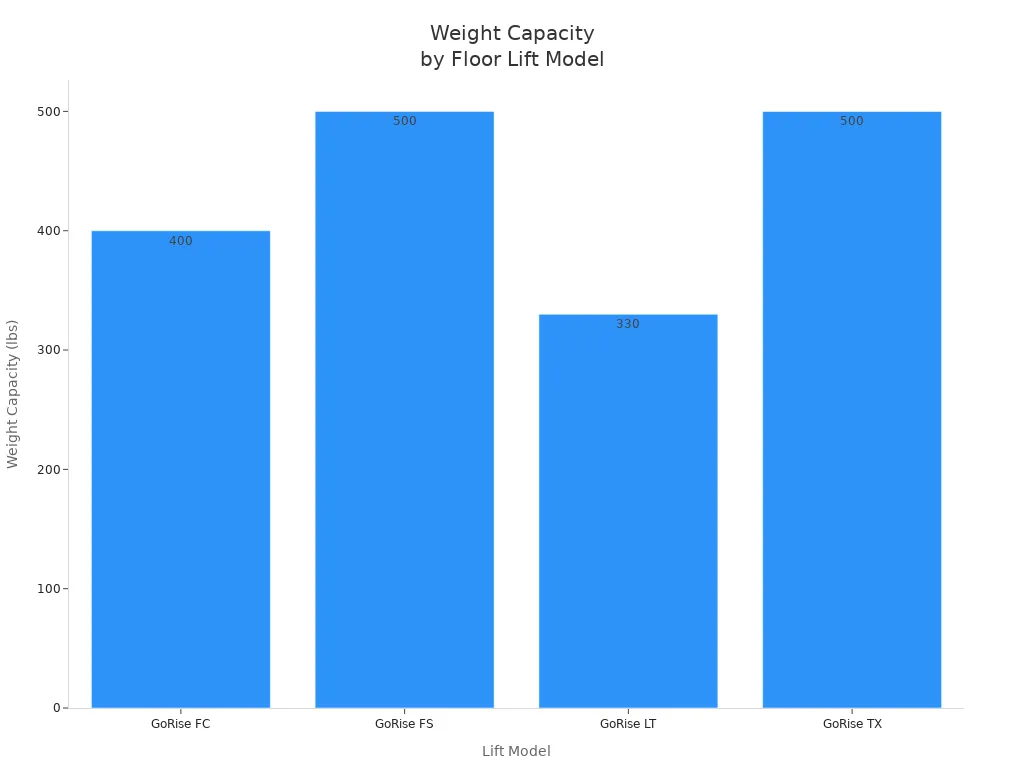
Tip: Measure your space before you buy a patient lift. Make sure the base fits under beds and chairs. This keeps transfers safe.
Cost and Value
Patient lifts have different prices. Most cost between $1,200 and $6,000. Curved or custom lifts can cost even more. Medicare Part B does not pay for patient lifts. Some Medicare Advantage plans might help. Veterans can get grants to buy lifts. Local groups sometimes give used lifts or help pay for them. Check your insurance plan for more details.
When you pick a floor lift, think about how long it will last. Power lifts help caregivers and make moves smoother. Take care of your lift so it works for years. Superhandy has many lifts for home use. You can see more at Superhandy.
Experts say you should talk to product specialists. Tell them your budget and what you need to lift. Check if the sling fits and if the lift has safety features. Pick a lift that matches your needs for safe and easy moves.
Patient lifts help seniors and caregivers in many ways. They let seniors move from place to place safely. Patient lifts stop seniors from falling. These lifts help seniors stay at home longer. Patient lifts make moving from bed or chair easier. Seniors can do more things by themselves with patient lifts. Patient lifts are good for both seniors and caregivers. They keep seniors safe every day. Patient lifts lower the chance of getting hurt. They help seniors have a better life.
You should ask healthcare experts before you pick a patient lift. Occupational and physical therapists can help you choose the right lift. They make sure you stay safe and get what you need.
Feature |
Details |
|---|---|
Weight Capacity |
Patient lifts can hold up to 400 lbs for seniors |
Frame Material |
Patient lifts use strong aluminum for seniors |
Safety Features |
Patient lifts have belts and armrests for safety |
Portability |
Patient lifts have wheels so you can move them easily |
Operation |
Patient lifts use remote controls for simple use |
Warranty |
Patient lifts have a one-year warranty for seniors |
You can check out Superhandy’s patient lifts at Superhandy for safe and trusted choices.
FAQ
How do you clean a floor lift?
You wipe the frame and sling with mild soap and water. Dry all parts before you use the lift again.
Tip: Check your user manual for cleaning instructions.
Can you use a floor lift alone?
You should always have help when using a floor lift. This keeps you and the person you move safe.
Where can you buy a trusted floor lift?
You can buy a reliable floor lift from Superhandy. Their lifts work well for home use and offer strong safety features.


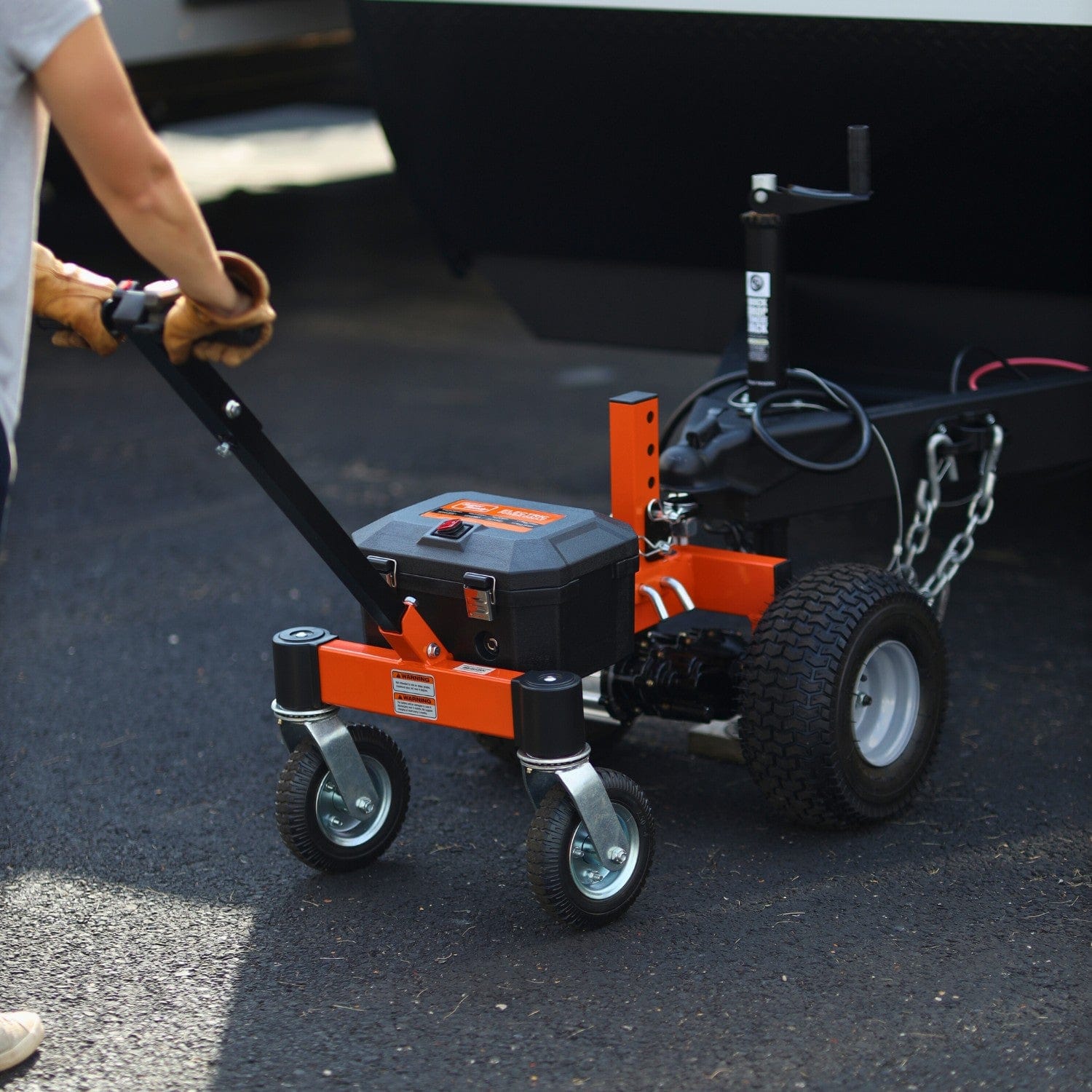
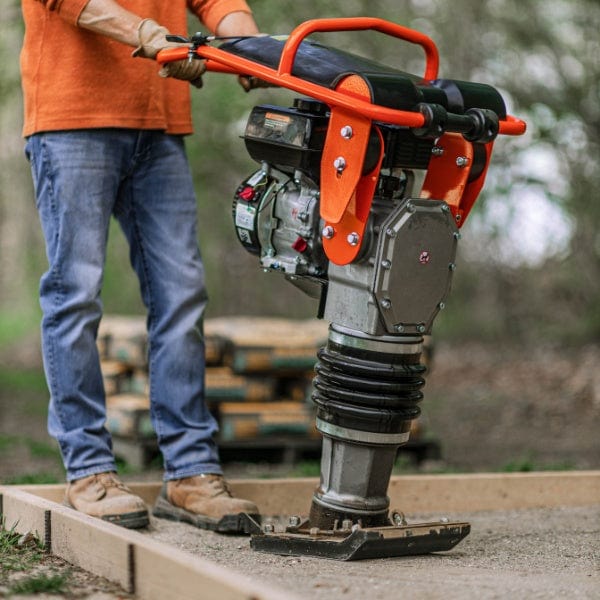
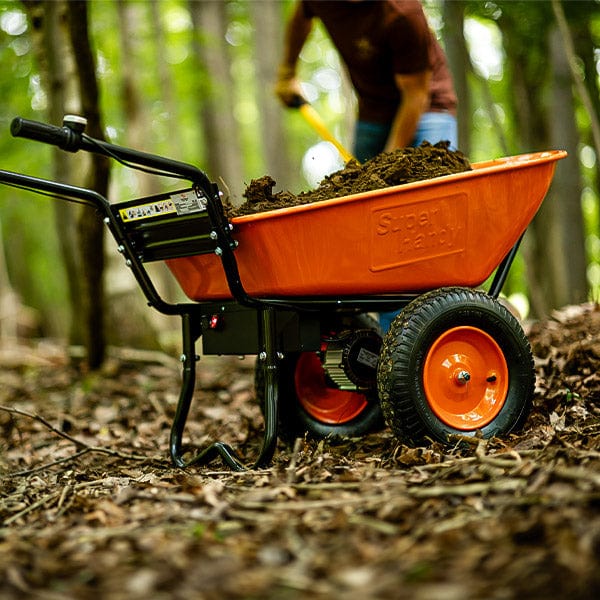
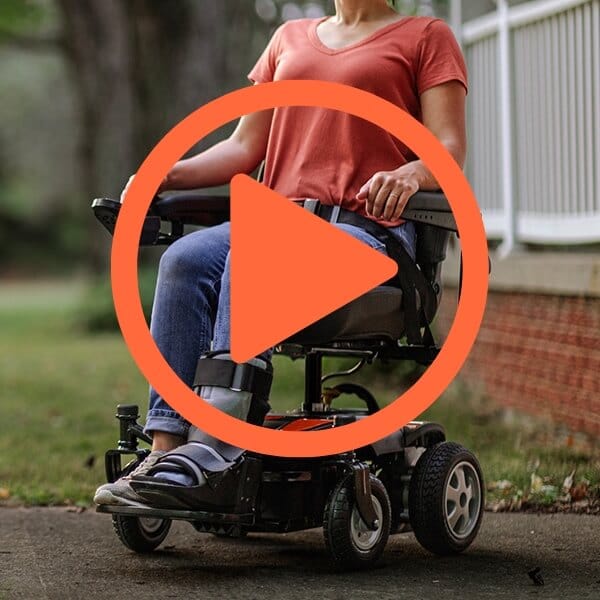

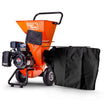
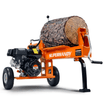

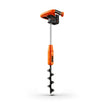
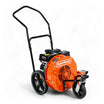
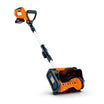
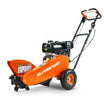
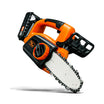

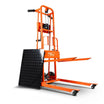
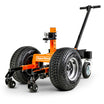
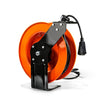
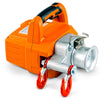


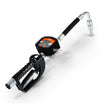
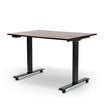
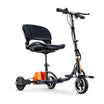
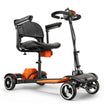
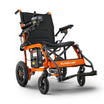



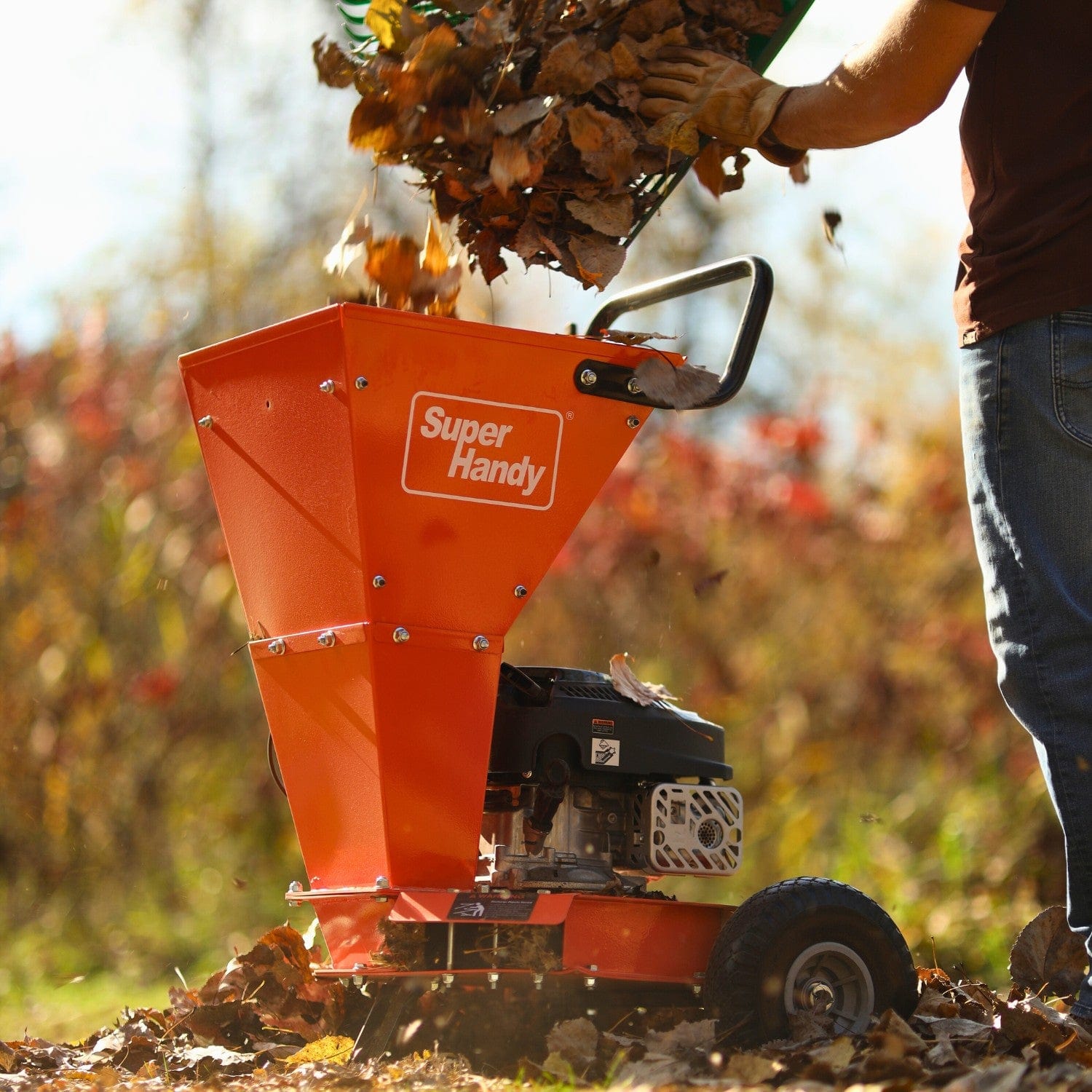
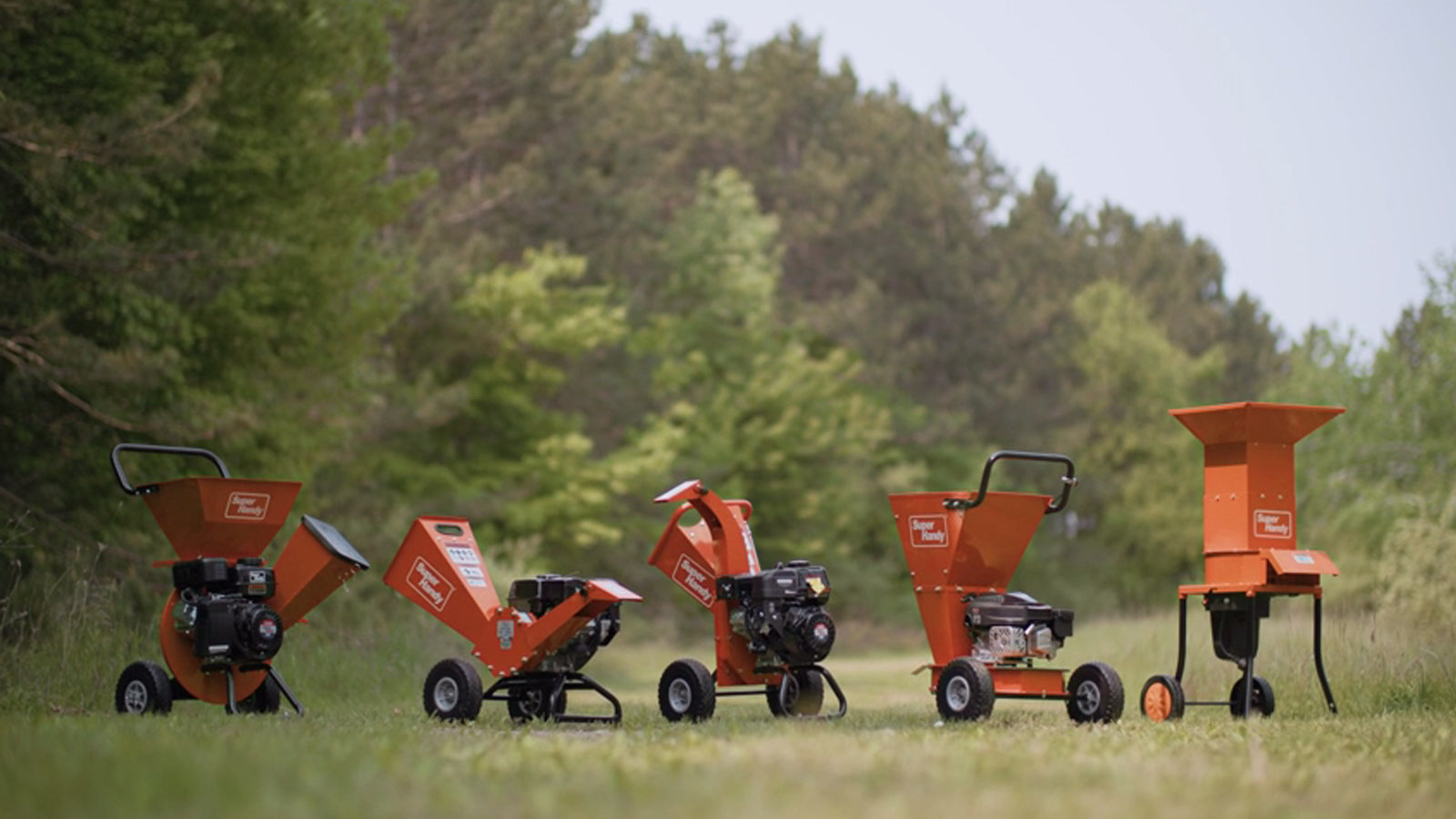
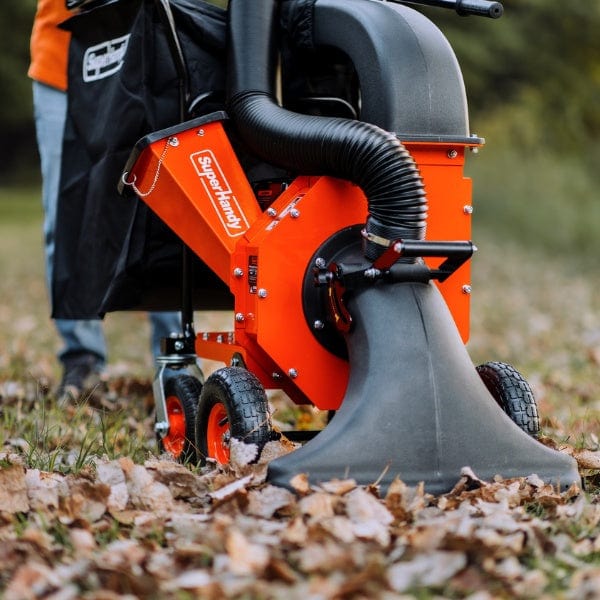
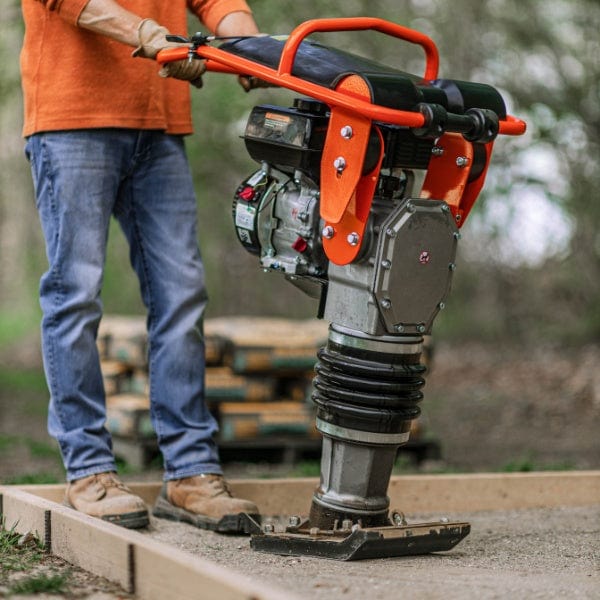
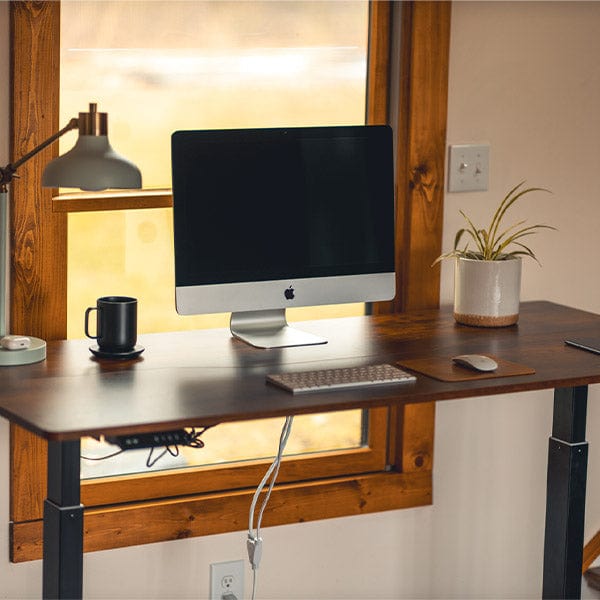
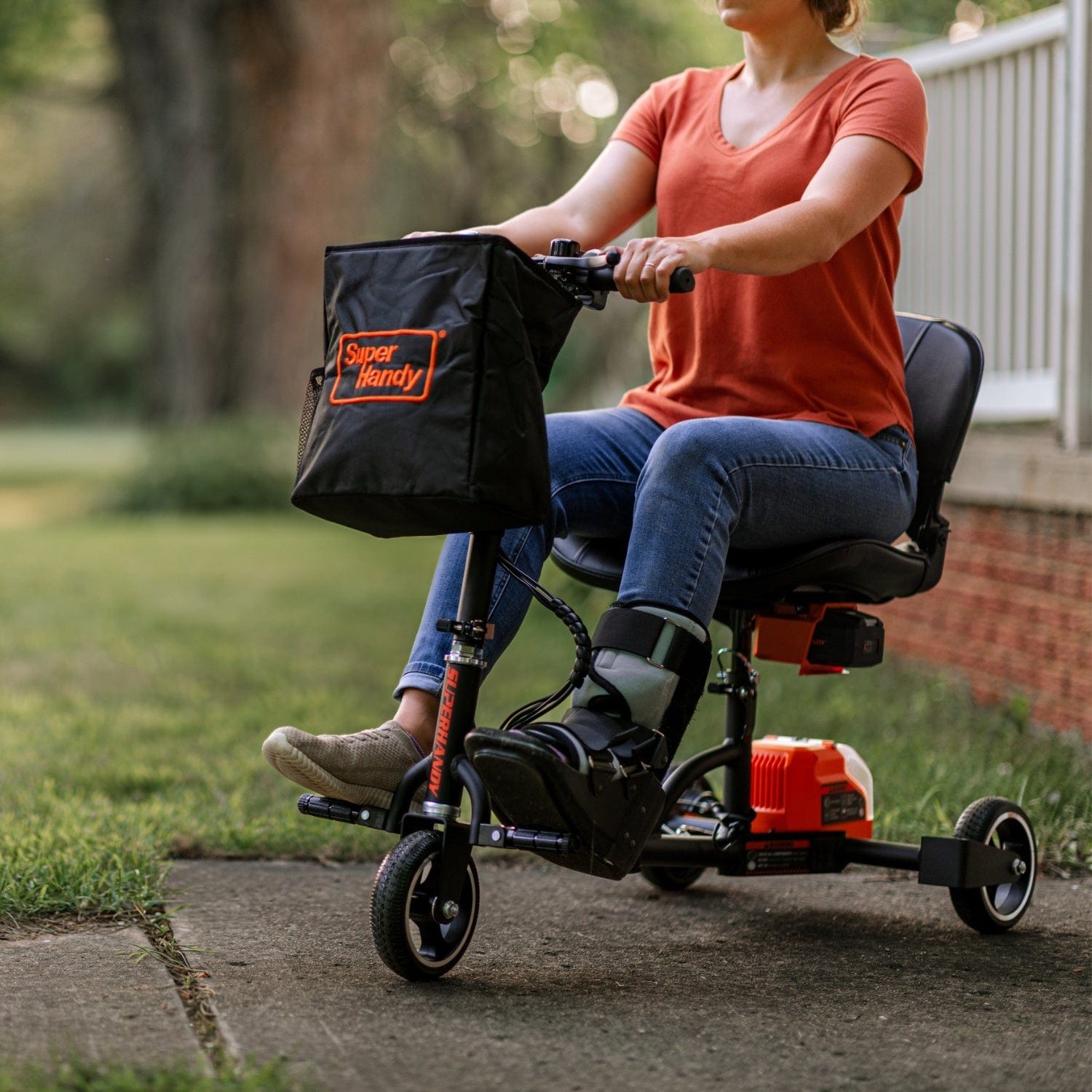
Leave a comment
All comments are moderated before being published.
This site is protected by hCaptcha and the hCaptcha Privacy Policy and Terms of Service apply.